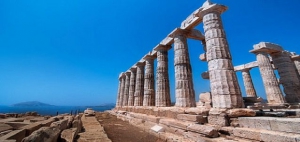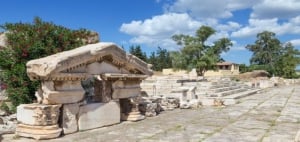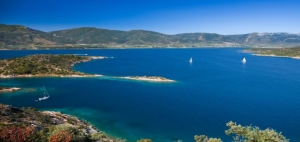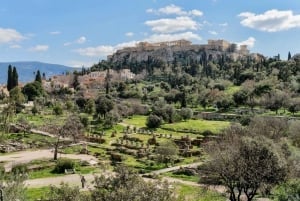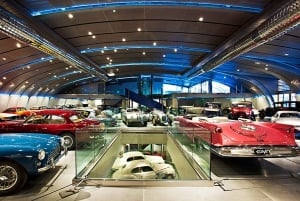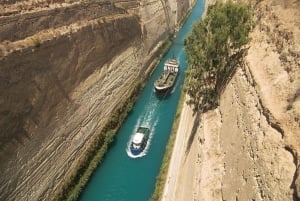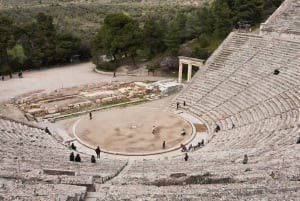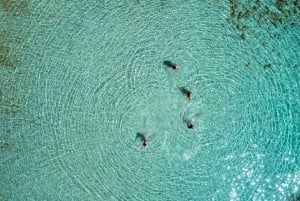Greater Attica
Marathonas, Vravrona, Ramnous and Cape Sounion
Greater Attica is an area of astonishing natural beauty and has been since the ancient times one of the most important cultural centres of Greece. Ideal for day trips, visitors will find valuable archaeological sites, exceptional Byzantine monuments, amazing scenery, picturesque routes, crystal clear blue waters, sandy beaches, and ultra-luxurious summer clubs. In other words, it will surely be a day to remember.
Start your journey early and head towards Marathonas. Among the things to see and visit are beautiful vineyards, olive groves, dark pine forests and lovely beaches, the most famous of which is Schinias - the area has in fact been declared a National Park. In 490BC, the Marathon plain witnessed one of history's most important battles. According to the ancient historian Herodotus, an army of 10,000 Greeks and 1,000 Plataeans defeated 25,000 Persians preserving the newly founded first democracy. A tomb to the 192 Greek soldiers who fell in battle, compared to the 6,000 Persians, still stands here. Following the victory, Pheidippidis, an Athenian soldier, ran 42km to Athens to announce the good news. After he announced the famous 'nenikikamen' - meaning 'we have won' - he collapsed dead. To this day, the modern marathon covers the distance Pheidippides ran and is symbolised in the closing ceremony of the Olympic Games.
Head up to Ramnous and visit the ruins of the temples to Nemesis, a remorseless goddess of divine retribution, and Thetis, the mother of Achilles and goddess of justice and law. Both temples were built in the 5th century BC and are among the most unspoiled sites in the city, set in a romantically isolated and overgrown grotto with an enthralling view of Euboea and the Euboean Gulf.
Continuing your beautiful drive towards Vravrona, make sure to visit the sanctuary of Artemis, goddess of hunting and childbirth. Enraged by the murder of two small bears, Artemis requested all the Athenians that all girls aged between five to 10, living in Attica were obliged to worship her. The Athenians conformed to the orders of Artemis and led their little girls (who were called 'arktoi', meaning 'bears') to the temple, where they spent their childhood years serving her and participating in the festivals. The festivals that were comprised of musical performances, athletic competitions and poetry readings in honour of the goddess were called 'Vravronia'.
The route to Sounion is about one hour drive from central Athens and follows the coastline of the Saronic Gulf, passing through the resorts of Varkiza, Ayia Marina, Lagonissi, Saronida and Anavissios. If you can, be sure to make some stops to admire the view and the sparkling blue Aegean sea. Crowning the peninsula at the southernmost point of Cape Sounio, you can find the sanctuary of Sounion - the famous temple of Poseidon, the most important sanctuary of Attica, built during the Golden Age of Perikles to worship the god of the sea, Poseidon.
According to legend it is from this cliff that the king of Athens, Aegeus, leapt to his own death after believing his son Thisseas had lost the battle with the dreaded half-human, half-bull Minautavros ('minotour'), in Crete. Since then, these amazing blue waters have been known as the Aegean Sea.


